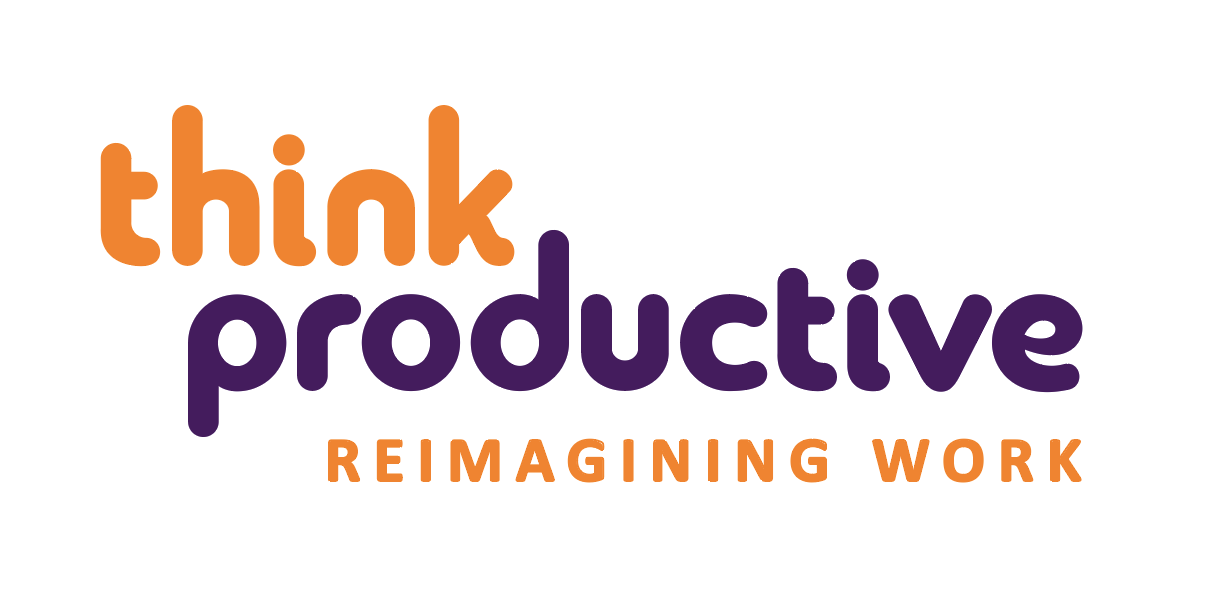The time of disorganised, random meetings is just so over. Every single day, hours of company time and employee capacity are wasted by colleagues and managers sending calendar invites willy-nilly without an agenda, a set purpose, or, let’s be honest, even a title that tells you what the meeting is about.
Well, if it isn’t that time yet, we at Think Productive are calling it! Say goodbye to time-wasting meetings and hi to the 4 glorious Ps of productive meetings. It’s time.
What are the 4 Ps?
The 4 Ps is a repeatable framework used to nail down the specifics of your meeting so that you can send an invite full of detail to the right people with purpose. It allows you to tell your colleagues why they need to attend, how they can participate and what the goal of your meeting is. Essentially, it’s you making decisions ahead of time to better facilitate a productive meeting. Hurrah!
Let’s break it down…
Purpose
First, you need to decide the ‘why’ of the meeting to bring a bit of shape to things. Start by writing a purpose statement beginning with ‘By the end of this meeting, we will have…’ and think about what you’re looking to collectively achieve. Once completed, you can pop this in the meeting invited so all participants are on the same page.
Use one of the following verb words to help you:
- Decided
- Discussed
- Resolved
- Learned
- Confirmed
Plan
Now that you have your meeting purpose, it’s time to move on to planning the ‘what’ and ‘when’.
Start by deciding what information, if any, is needed to update the group before going on to discuss and eventually answer any relevant questions – this provides the basis of your agenda. From here, you’ll be able to determine who is responsible for each agenda item and if any other preparations for the meeting are required (e.g. powerpoint/handouts, a physical meeting space, timezone constraints).
Protocol
Think of protocol as figuring out the ‘how’ of your meeting by really digging into the details. Cycle through the questions below to determine your meeting protocols, making sure to disregard and/or add any questions that might be relevant to your industry or way of working:
- Where will your meeting take place?
- Will it be in person, online, or hybrid?
- What time will your meeting begin and end?
- Do phones/laptops need to be away for participants?
- Which interactive elements, if any, will be included in the meeting? (E.g. Q&A, voting)
For online and hybrid meetings:
- What are the joining instructions?
- Do cameras need to be on or off?
An important consideration for online or hybrid meetings is: How are your participants expected to contribute, if at all? Deciding and communicating this information is important for participants as it will allow them to choose their location carefully. If their contribution is to be via chat and typing, a noisy office with headphones on is fine. If contribution is expected via voice, they will need to be somewhere quiet. If any confidential discussion is involved, they will need to be away from other ears. In a hybrid world, making contribution information clear in advance is essential.
People
Okay, so most of the core decisions for your meeting have been made! Now it’s time for the final P, the ‘who’ – inviting people. It’s important to be mindful of how many people you invite and ensure you invite the right people.
With direct contributors having already been decided when creating the agenda, begin by inviting anyone essential to achieving the meeting’s core purpose. Think carefully about this – don’t just invite an entire team on the off-chance that they may be essential.
If you aren’t sure who would be considered essential, do your due diligence before sending an invite. Anyone non-essential that you feel may need to be included can be offered an invitation and informed that they are welcome to attend, but not obligated.
What next?
Do you have a meeting coming up that is already scheduled but could use some refining? Go through the above process and see if you can bring in some essential clarity before things kick off.
Now that you have a repeatable framework for productive meeting, use it! It will save both you and your colleagues time, while also creating a standard for excellent meetings in your organisation. We love an early adopter!
If you’d like to learn more about how to make meetings rare, fun and productive again, check out our Fixing Meetings workshop and bring meetings magic to your whole team or organisation.
